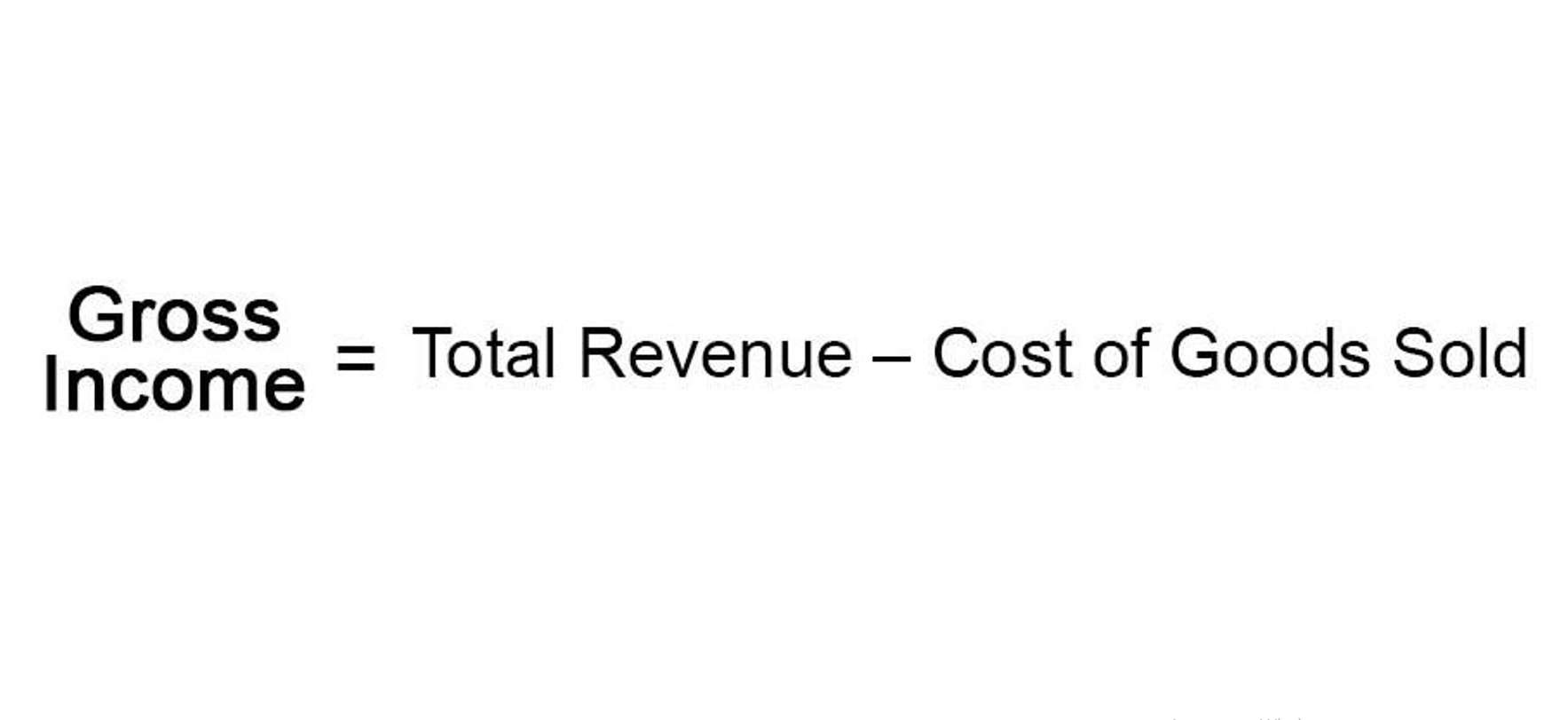
First, we can see that the company’s marketing expenses increased not just in dollar terms, but also as a percentage of sales. This implies that the new money invested in marketing was not as effective in driving sales growth as in prior years. Take, for example, applying vertical analysis to compare employee salaries with revenue. Since vertical analysis presents results as percentages, it’s clear that salaries are rising in relation to revenue changes.
Vertical Analysis of the Income Statement

When used with your company’s balance sheet, total assets or total liabilities would be used as the baseline figure, with all subsequent line items shown as a percentage of that total. The most common use of vertical analysis is within a financial statement for a single reporting period, so that one can see the relative proportions of account balances. Vertical analysis is also useful for trend analysis, to see relative changes in accounts over time, such as on a comparative basis over a five-year period. For example, if the cost of goods sold has a history of being 40% of sales in each of the past four years, then a new percentage of 48% would be a cause for alarm. In this guide, we explored the methodology of vertical analysis, walked through the vertical analysis formula steps to perform vertical analysis on income statements, balance sheets, and cash flow statements. We discussed how to interpret the results, considered limitations, and highlighted practical applications.
Evaluate balance sheet composition
The gross profit margin is 60%, suggesting that the company retains 60% of its revenue after deducting the cost of goods sold. Let’s continue our analysis of ABC Manufacturing by applying vertical analysis to its balance sheet. When selecting a vertical analysis tool or software, consider your specific needs, budget, and the level of automation and customization required. https://www.bookstime.com/ It is called a vertical analysis because you analyze the percentage numbers in a vertical fashion.
Integrating vertical analysis into financial reporting and communication

In this first example, I will do a vertical analysis of Company A’s revenue based on its annual income statement. In addition to the data for your company, collect the same data for similar companies in your industry. You can calculate the proportion of each line item from the total based on publicly available financial data.

In accounting, a vertical analysis is used to show the relative sizes of the different accounts on a financial statement. To find the vertical analysis, you simply divide each line of the balance sheet by your base figure. When you apply vertical analysis to an QuickBooks income statement, it lays out a straightforward and transparent picture of a company’s spending patterns. This method proves more insightful than relying solely on generic financial ratios or industry benchmarks.

- If your analysis reveals unusual trends or variances, take the time to investigate these changes.
- If you already use templates for your financial statements, it’s easy to include the formulas for vertical analysis by adding columns or a new section.
- Lastly, one can evaluate the structural composition of items from the company’s financial statements – for example of assets, liabilities, expenses etc.
- For example, comparing current expenses to previous years as a proportion of revenue is far more useful than looking just at the raw numbers.
When using this alongside horizontal analysis, you can get a full picture of a company’s financial position. This type of analysis enables businesses to view the relative proportions of account balances, compare internal changes over time, and identify trends. Horizontal analysis, also known as trend analysis, compares historical data on a financial statement over different accounting periods. There is a baseline period and numbers from succeeding periods are calculated as a percentage of the base period. Vertical analysis looks at numbers in financial statements in the same period and calculates each line item as a percentage of the base figure in that section.

